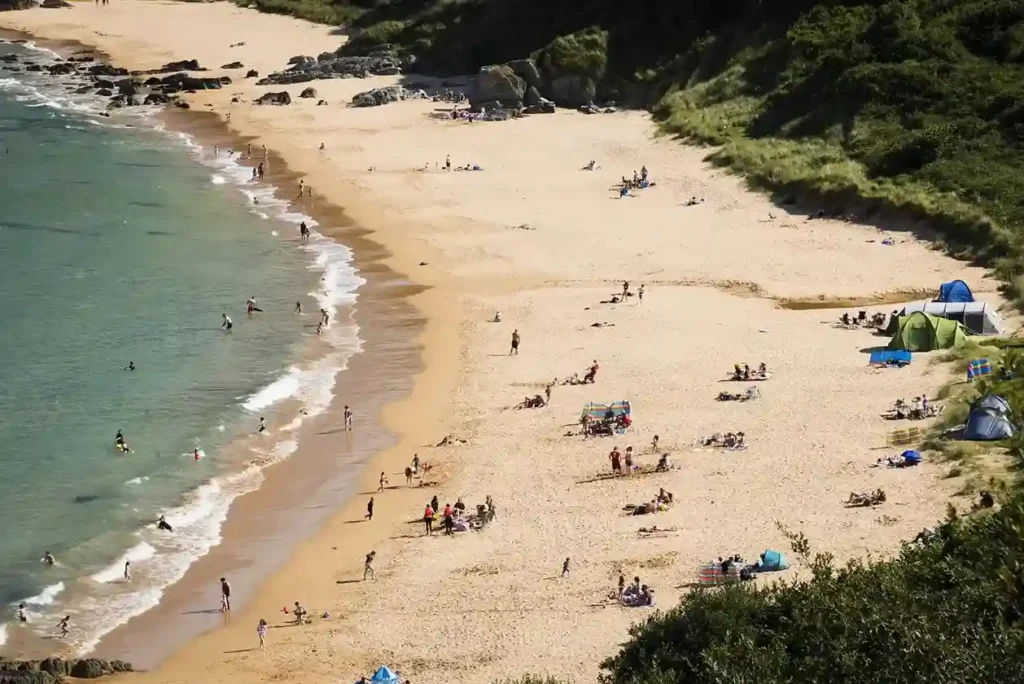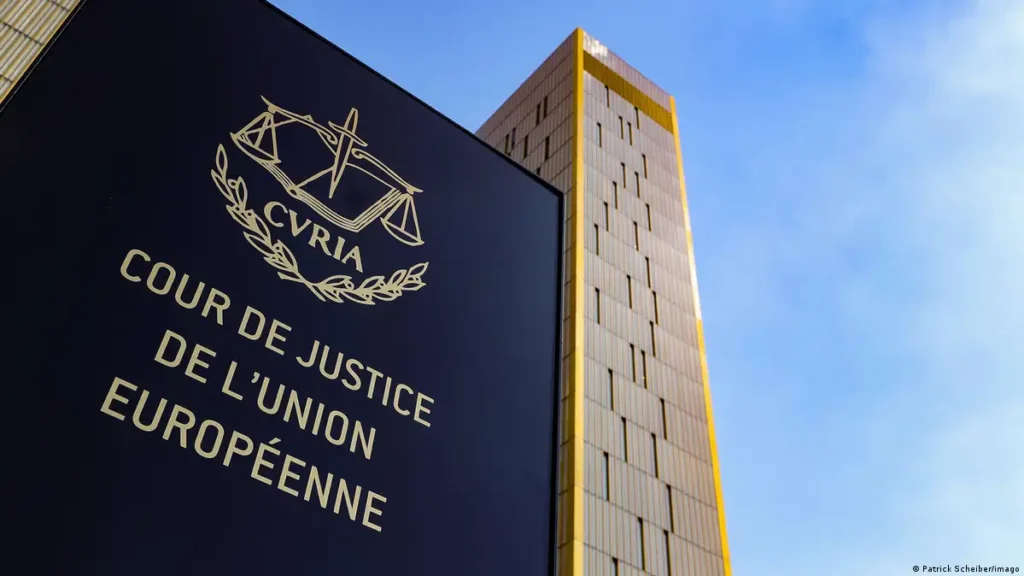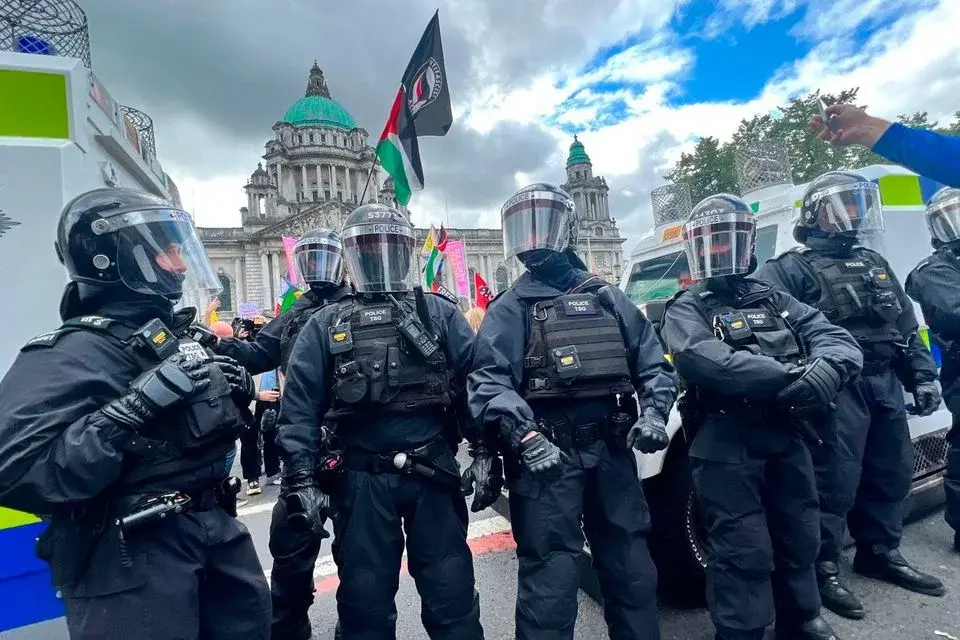Search for Remains of British Soldier Captain Robert Nairac Ends in Heartbreaking Disappointment

Introduction
The hunt for the remains of British soldier Captain Robert Nairac who was abducted and killed by the IRA in 1977 has been called off fruitlessly. Unfortunately, compound hopes were not produced, extending an ICLVR in County Louth, Ireland, without finding any person and the Nairac family without clearing. The search adds a new layer to the existing mystery in the burial place of the Grenadier Guards officer.
The Background of Capt Robert Nairac
Lieutenant Robert Nairac was a senior officer of the British army, bringing life in Gloucestershire and residence in Sunderland. It was in May this year when he was undercover in Ulster, part of the United Kingdom, during the turbulent period known as the Troubles.

When Nairac disappeared on the night of the alleged kidnap he was in a public house in Dromintee, County Armagh for undercover intelligence gathering by the IRA. He was taken to the other side of the border in County Louth to Flurry Bridge and struck before being shot. For decades, a search for the remains of British soldier Nairac, was pursued for the same reason – his body was secretly buried, which puts him into the unfortunate category of the “Disappeared.”
| Detail | Information |
|---|---|
| Full Name | Robert Nairac |
| Rank | Captain (Lieutenant at the time of abduction) |
| Birthplace | Gloucestershire, England |
| Alleged Abduction Date | May 1977 |
| Place of Abduction | Dromintee, County Armagh |
| Organization Involved | Irish Republican Army (IRA) |
| Awards | George Cross (Posthumous) |
The Recent Search Efforts
In August 2024, the ICLVR launched a search on private farmland in Faughart, near Dundalk because of fresh leads pointing to the burial place of Nairac’s body. The search area was below one acre in size despite the fact that substantial and meticulous searches were conducted using mechanical diggers, no discovery was made.
In their statement, the ICLVR commissioners Tim Dalton and Rosalie Flanagan expressed deep disappointment at the outcome:
“It is bitterly disappointing the search has ended without success, and our thoughts are with the Nairac family, in particular his sisters Rosemonde and Gabrielle.”
They also took their time to appreciate the efforts as well as dedication of the investigation team. Nevertheless, the commission suggested that more have to be learned about the case and invited everyone who has anything to say about the case to come forward by ensuring anyone who volunteers information that his or her identity as well as information provided to the commission shall remain protected at all costs.
| Year | Event |
|---|---|
| 1977 | Abduction and death of Captain Nairac |
| 1979 | Posthumous awarding of the George Cross |
| 2024 | Latest search by the ICLVR in County Louth |
| Ongoing | Appeals for information regarding the search for remains of British soldier |
Why the Search Continues to Matter
It is an attempt to find a British officer Nairac buried but it is more than that because many families involved in the troubles seek answers today. The organisation in question, Commission for the Location of Victims’ Remains, has been able to find the remains of 13 of 17 people categorised as Disappeared. But again, one of the most challenging cases has been the hunt for the remains of British soldier Nairac due to the many years of very few leads being found.
According to the lead investigator Jon Hill, ‘although we have been in the right area we have not located the exact location the first time round’.
Therefore, our inability to locate the body of Robert Nairac does not in any way impune the reliability of data we received. This means that other subsequent searches can still be made in the future.
Impact on the Nairac Family
These actions provoked further the deep feeling of pain for the Nairac family with no adequate end to the story. The family never got a chance to bury Captain Nairac the way every dead deserves because nearly five decades have passed since his death. Rosemonde and Gabrielle his two sisters still suffer the pain of not being sure where his remains are buried.
Northern Ireland Secretary Hilary Benn noted that” my thoughts are with his sisters who still have to live with the agony of not having the remains of their dear brother.”
They are not just the feelings of an officer that still works in the police; it seems this unresolved case has affected him personally.
For his acts of courage during his time in action, Nairac was to receive the George Cross posthumously in 1979. A major boost was accorded to him he was given this recognition yet lack of his remains hampers his family from having closure. This would enable his family to bury him and let go of him for good hence why Nairac’s body was to be retrieved.
Speculations and Allegations
The quest for the remains of Nairac since his execution has over the years been complicated by many myths and gossip. Some claim that his body was mutilated and dismembered; he was fed to a meat grinder. They and other people have tried to associate him with other grisly events along the border such as the Dublin Monaghan bombings as well as the Miami Showband massacre.
But these have always been dismissed by the ICLVR, which only aims to locate Nairac’s remains up to now. Indeed, former head of the ICLVR, Geoff Knupfer, formerly claimed that rumours to the effect that Nairac was implicated in other highly publicised attacks might just be one of the reasons why very little, and possibly nothing, has ever been forthcoming about his body’s whereabouts. Indeed, as investigators stated it, Nairac was not involved in these affairs, and the rumours are actually adding more heat to the stew.
The Independent Commission also informed Dr. Jon Hill that ex-IRA men who were asked to provide detailed information about the burial place of the Ballywalter Lough victims failed to do so effectively making the search more difficult.
He said this saying, “There is always apprehension that as soon as it gets out that a search has begun in a given area, people assume that you already have all the information you need.” That could not be farther from the truth.”
This underscores the ongoing appeal for any persons to report any leads that have not been forwarded to the investigating team.
The Future of the Investigation
While the search at Faughart has ceased without success, the ICLVR has not discarded future attempts to locate the remains of Nairac. Jon Hill continues to believe that the information they obtained is truthful, and should other details come to hand then subsequent searches may well be successful.
“It has to be clarified that we have to be able to stop the suffering of Nairac’s family,” Hill stressed.
The ICLVR has reprised its appeal to the public saying that anyone who has any little information to give could do so. According to the commission there is no escaping the fact that many successful recoveries have been made where fragments of information from different sources have been independently sewn together. Despite the fact that in the recent search, the bodies were not found, concern will remain open until the family finally finds some sort of closure for the Nairac case.
This is perhaps the only consolation as the commission remains functional, with the hope that soon the mortal remains of British soldier Robert Nairac may be traced and his family gets an opportunity to bid their last farewell.
Conclusion
The spiritual journey to find the missing remains of British soldier Robert Nairac has very much been a forty-nine-year-long rollercoaster of hope, dashed hope, and heartbreak. A similar initiative was recently made last year but unfortunately failed, however the ICLVR said it can never shy away from the fight for justice and to bring Nairac back to his homeland. This is as the commission notes that identifying the body is important because it would help bring closure to his family who has been suffering for decades now.
The broader social significance of this case is to seek to bring recovery for all the Disappeared, who faced such a fate during the troubles. The work of the ICLVR is as follows, which is exposing such unresolved tragedies to the public and their intent is to ensure that someday every missing person’s remains will be found. The motive driving the search of remains of British soldier, Nairac, real testifies of the human and ongoing quest for justice and or an end.
FAQs
1. What happened to Captain Robert Nairac?
Captain Robert Nairac was abducted and killed by the IRA in May 1977 during an undercover operation in County Armagh, Northern Ireland.
2. Why is finding Captain Nairac’s remains important?
Finding his remains is crucial for his family to achieve closure and for the historical significance of locating all the Disappeared from the Troubles.
3. What are the challenges in the search for Nairac’s remains?
The challenges include a lack of precise information, false leads, and the secrecy surrounding his burial, compounded by myths and misinformation.
4. What was the outcome of the latest search for Nairac’s remains?
The latest search in 2024 by the ICLVR ended fruitlessly, with no remains found, leaving the mystery unsolved.
LATEST NEWS
DISCOVER MORE






